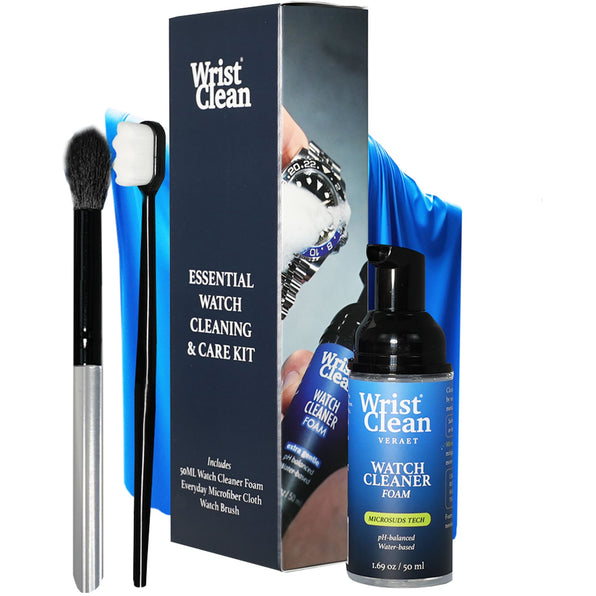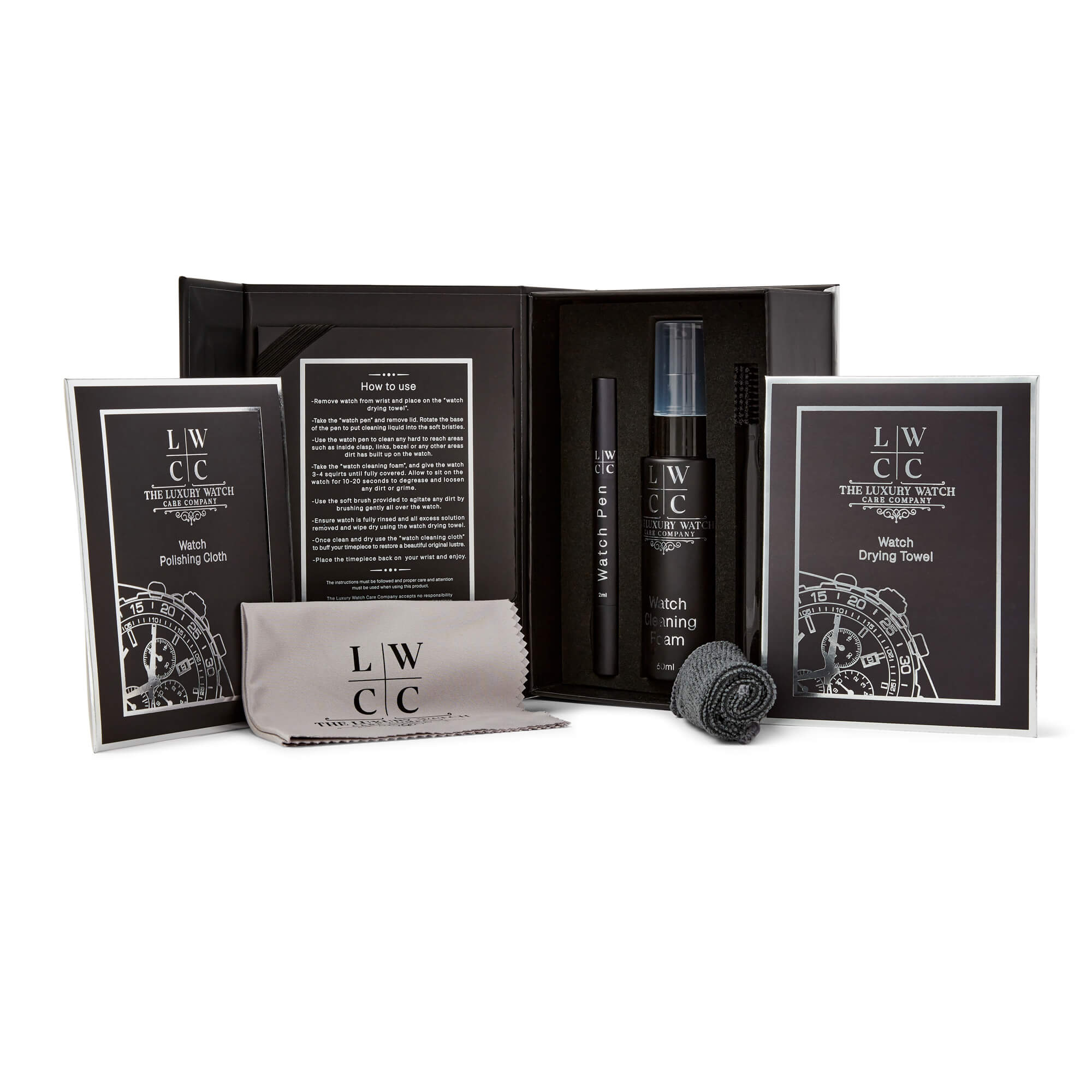Beyond Time: Essential Care Tips for Your Luxury Watch

A fine timepiece represents more than just an investment—it’s an heirloom that can last for generations when properly maintained. Whether you’re the proud owner of a Rolex, Omega, Patek Philippe, or another luxury brand, understanding proper care techniques is essential to preserving both the function and value of your watch. This comprehensive guide covers everything you need to know about maintaining your precious timepiece.
Daily Wearing Practices

Winding and Setting For automatic watches, if worn daily, your natural movement should keep it sufficiently wound. If you don’t wear your watch daily, consider a watch winder to maintain power. For manual-wind watches, establish a routine of winding at the same time each day, preferably in the morning.
When setting the time, avoid making adjustments between 9 PM and 3 AM when the date-changing mechanism is engaged, as this can damage the movement. Always set the time by moving forward, not backward, particularly on complicated watches.
Exposure Considerations While most luxury watches are built to withstand daily use, certain environments pose risks:
- Magnetic Fields: Keep your watch away from speakers, refrigerators, and electronic devices that generate magnetic fields, which can affect accuracy.
- Chemical Exposure: Remove your watch when using cleaning products, perfumes, or lotions, as these can damage gaskets and finishes.
- Temperature Extremes: Avoid exposing your watch to saunas, hot tubs, or freezing conditions, which can affect lubricants and gaskets.
Water Resistance Even watches rated for significant water resistance require proper maintenance of this feature:
- Ensure the crown is fully pushed in or screwed down before exposure to water
- Rinse with fresh water after swimming in chlorinated pools or salt water
- Have water resistance tested annually by a professional
- Replace gaskets during regular service intervals
Cleaning and Storage
Regular Cleaning Keep your watch looking its best with these simple practices:
- Wipe the case and bracelet with a soft, slightly damp cloth to remove dirt and sweat
- Use a soft brush (like a clean toothbrush) to clean between bracelet links
- For leather straps, clean with a slightly damp cloth and allow to air dry naturally away from direct heat
- Metal bracelets benefit from occasional cleaning with mild soap and water (if water-resistant)
Proper Storage When not wearing your luxury timepiece:
- Store in its original box or a quality watch box with individual compartments
- Keep in a dry environment with stable temperature
- For extended storage, consider removing automatic watches from winders to reduce wear
- Store leather strap watches flat, not hanging, to prevent stretching
- Keep certificates, warranty cards, and service records with the watch
Professional Maintenance

Service Intervals Most manufacturers recommend servicing mechanical watches every 5-7 years, depending on the model and wearing conditions. Quartz watches typically require service every 3-5 years for battery replacement and gasket inspection.
What Happens During Service A comprehensive service typically includes:
- Complete disassembly of the movement
- Cleaning of all components
- Replacement of worn parts
- Lubrication according to manufacturer specifications
- Regulation for optimal timekeeping
- Replacement of gaskets for water resistance
- Polishing or refinishing of the case and bracelet (optional)
- Water resistance testing
Choosing Service Providers Options for service include:
- Manufacturer service centers (typically most expensive but ensure authentic parts)
- Authorized dealers with in-house watchmakers
- Independent specialists with brand certification
Always request that old parts be returned to you, and ensure any aesthetics work (like polishing) is approved in advance, as over-polishing can reduce collector value.
Conclusion
A luxury watch represents both craftsmanship and heritage, deserving care commensurate with its quality. With proper maintenance, your timepiece will not just mark time—it will stand the test of time, potentially appreciating in value while delivering generations of enjoyment. Remember that preventative care is always less expensive than repairs, making these maintenance practices not just about preservation but also about protecting your investment.


